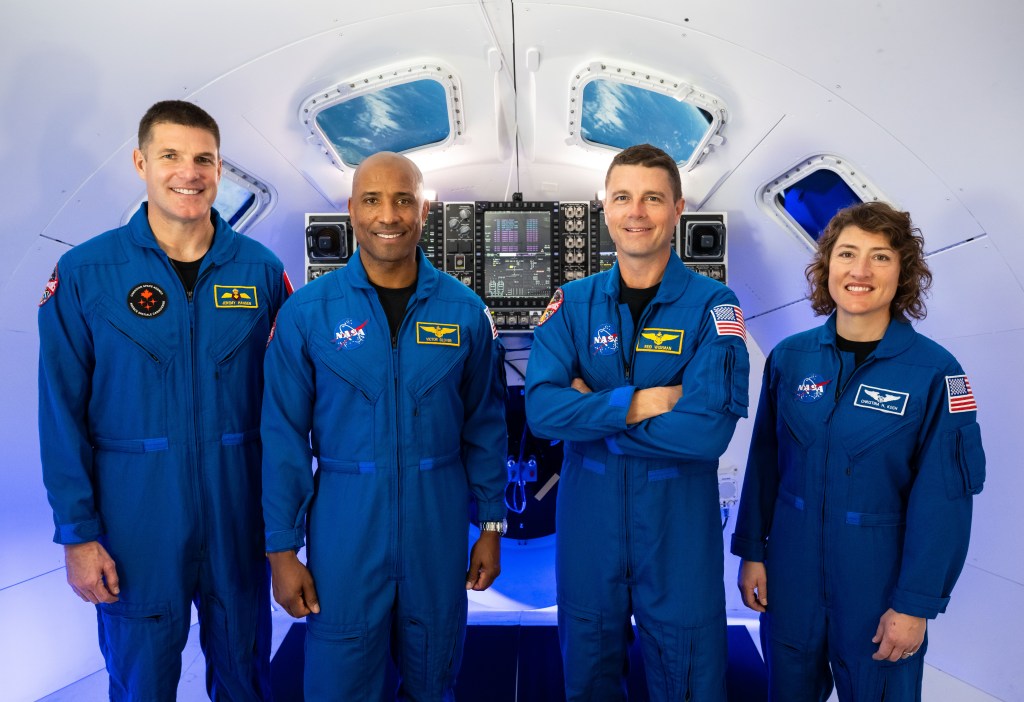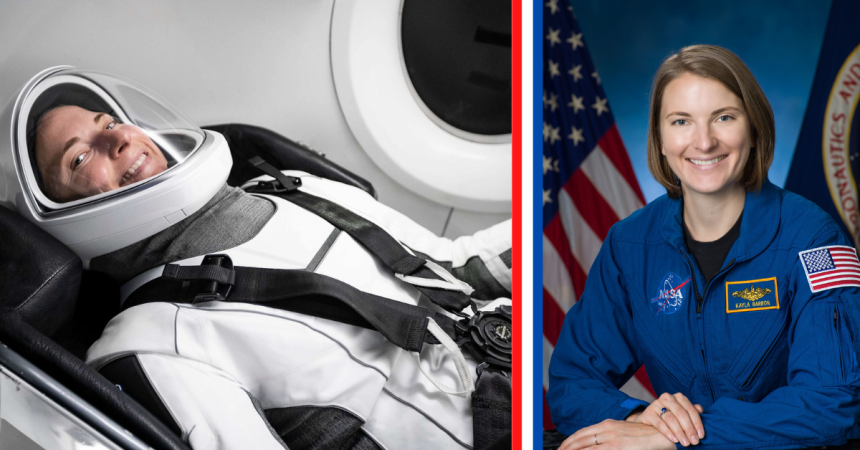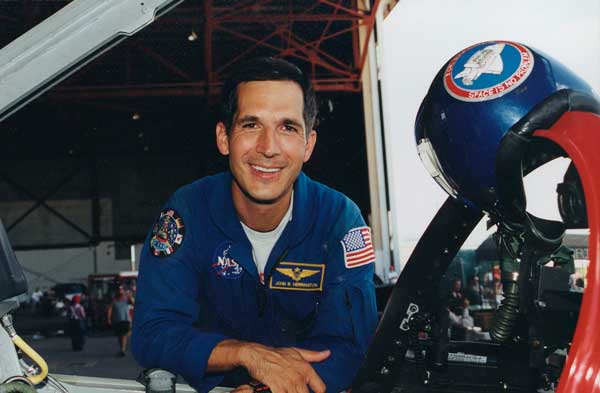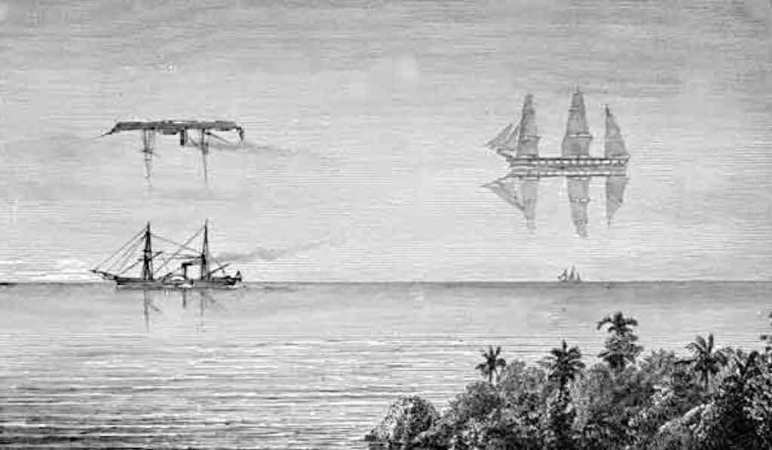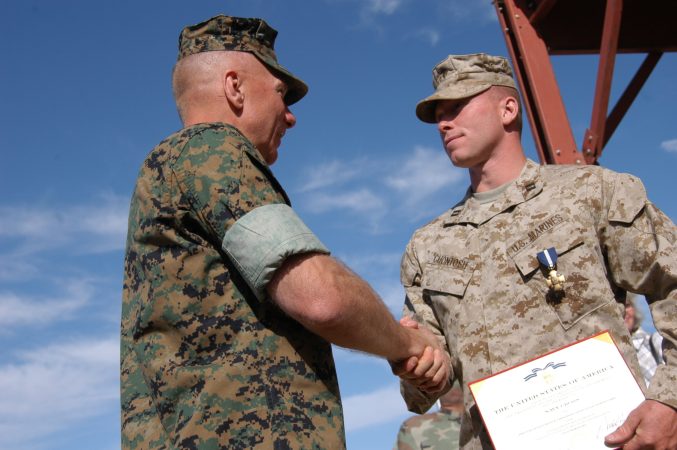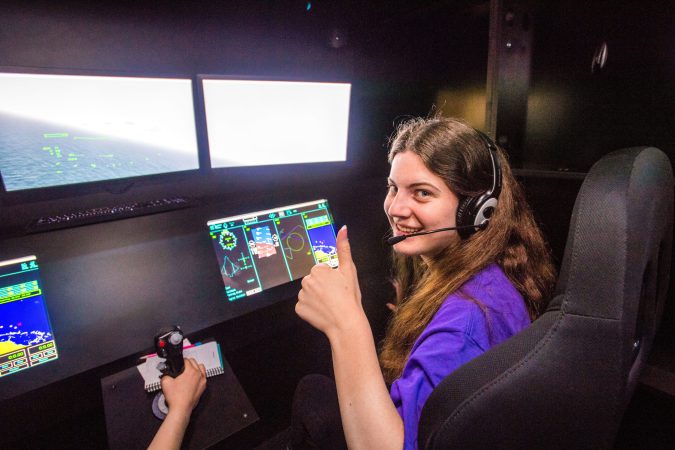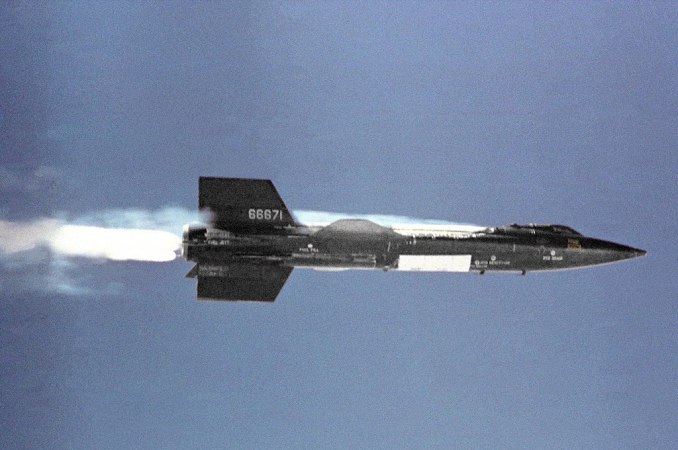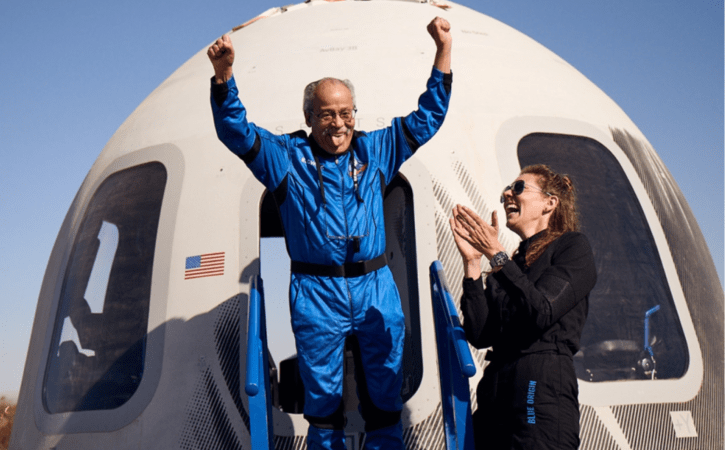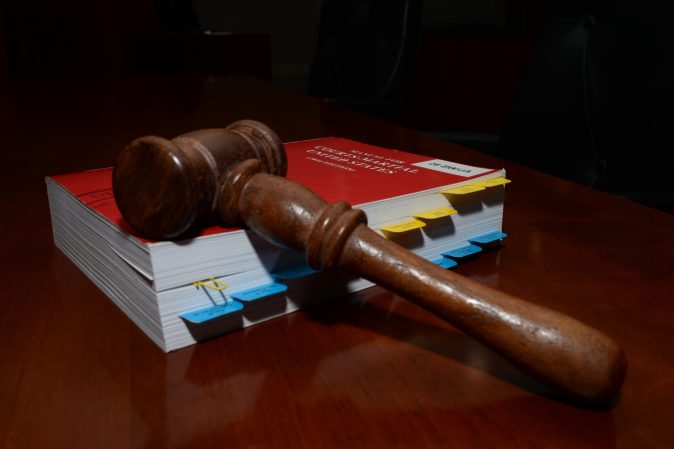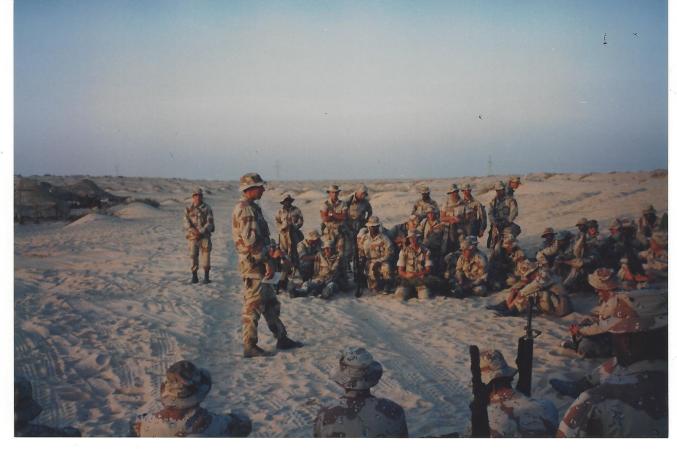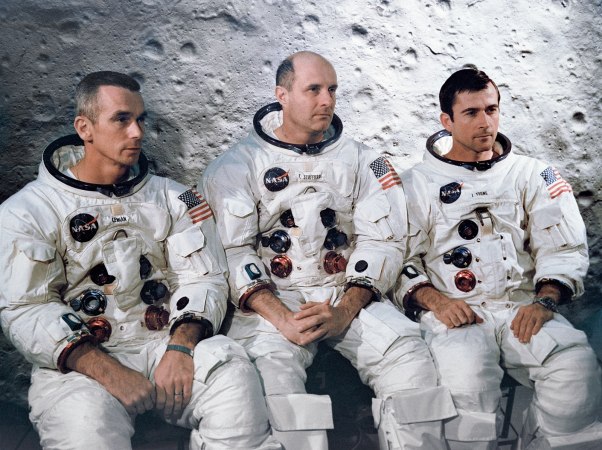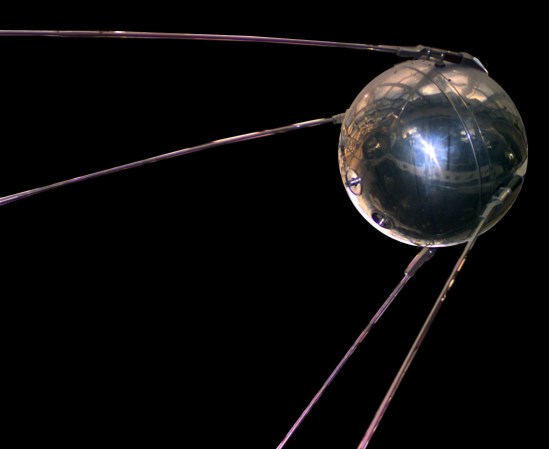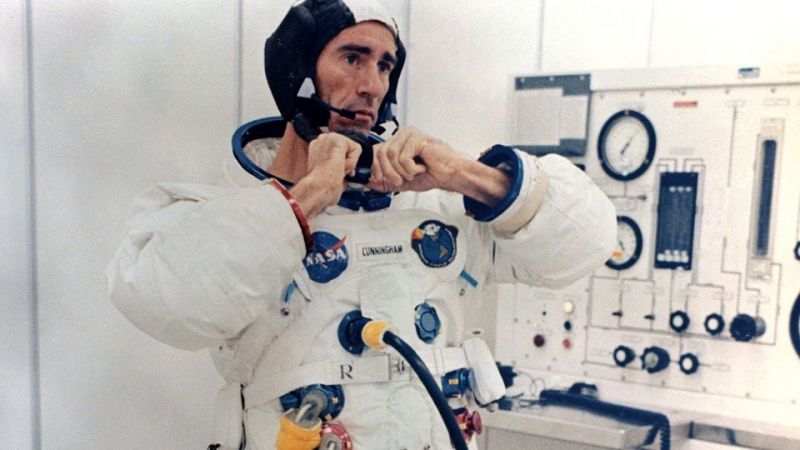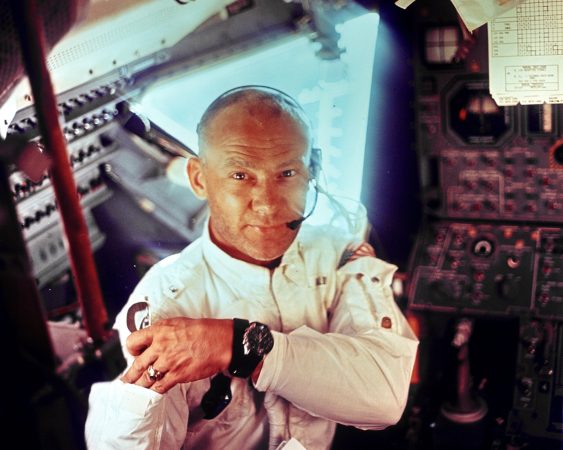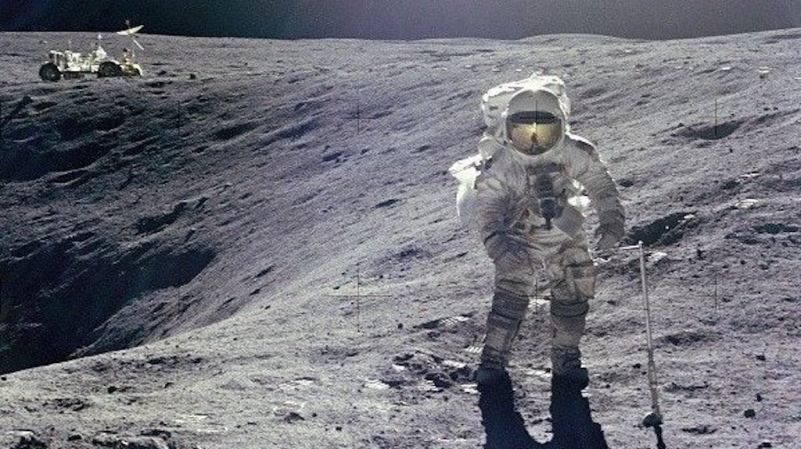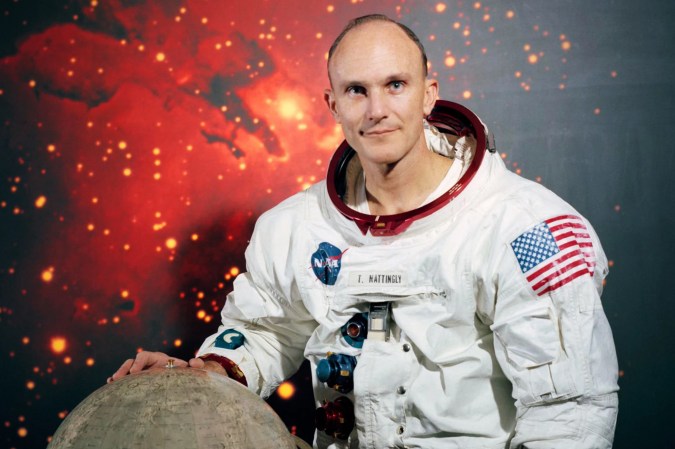The U.S. Navy has always had a strong affiliation with NASA and space flight, providing some of the most skilled pilots to become astronauts. Fittingly, NASA’s Artemis II crew includes two Naval Aviators, one of whom is the mission commander. The historic crew also includes astronauts who will be the first African American, the first female and the first Canadian to fly to the moon.

Artemis II marks the first crewed mission aboard the Space Launch System, NASA’s foundational deep space rocket. It is also the first crewed mission of the Orion spacecraft. Commanding the mission is U.S. Navy Capt. G. Reid Wiseman. After commissioning through ROTC in 1997, Wiseman reported to NAS Pensacola, Florida for flight training and earned his wings of gold two years later. Trained as a fighter pilot on the F-14 Tomcat and F/A-18 Super Hornet, Wiseman attended the the U.S. Naval Test Pilot School in 2003.
In June 2009, during a deployment at sea, Wiseman was selected for astronaut training. He completed the training in May 2011 and flew aboard the International Space Station during Expedition 40/41 from May 29-November 9, 2014. During his naval career, Wiseman has earned awards including the Air Medal with Combat V (five awards) and the Navy and Marine Corps Commendation Medal with Combat V (four awards).

Artemis II’s pilot is U.S. Navy Capt. Victor J. Glover. He earned his Wings of Gold in December 2001 and was later selected to attend the Air Force Test Pilot School as an exchange pilot. As a test pilot, Glover tested various weapon systems on the F/A‐18 Hornet, Super Hornet and EA‐18G Growler. In 2012, he was selected for the Legislative Fellowship and was assigned to the office of a U.S. Senator. The next year, while serving as a Legislative Fellow, Glover was selected for astronaut training.
Glover completed his Astronaut Candidate Training in 2015. He flew aboard SpaceX Crew-1 and Expedition 64 from November 15, 2020 to May 2, 2021, the second crewed flight of SpaceX’s Crew Dragon spacecraft and a long duration mission aboard the ISS. Glover’s awards include the Defense Superior Service Medal, Navy Commendation Medal, two Navy and Marine Corps Achievement Medals, NASA Distinguished Service Medal, and NASA Space Exploration Medal.

Christina H. Koch is an Artemis II Mission Specialist. She participated in the NASA Academy program at Goddard Space Flight Center in 2001 and worked as an Electrical Engineer at GSFC early in her career. In 2013, Koch was selected for astronaut training and completed the rigorous course in 2015. She served as flight engineer aboard the ISS for Expedition 59, 60 and 61, setting a record for the longest single spaceflight by a woman with a total of 328 days in space, and participated in the first all-female spacewalks.
Representing Canada on the Artemis II crew is Mission Specialist Jeremy Hansen. After graduating from the Royal Military College of Canada in 1999, Hansen trained as a fighter pilot. He completed the CF-18 Hornet course in 2003 and went on to serve as a Combat Operations Officer. In 2009, Hansen was one of two recruits selected for astronaut training by the Canadian Space Agency. He completed the training in 2011 and worked at the Mission Control Center communicating with the ISS. Hansen is the only rookie on the Artemis II crew with no time in space.
The Artemis II mission is scheduled to launch from Kennedy Space Center in Florida around November 2024. Over the course of about two days, the crew will test and evaluate Orion’s systems before beginning their flight to the Moon. A four-day trip will take them to the far side of the Moon. Their figure-eight flight path will extend, at its maximum, about 6,400 miles past the Moon before making the four-day return trip to Earth. Artemis II is set to splash down in the Pacific Ocean off the coast of San Diego, California for a recovery by the U.S. Navy.


